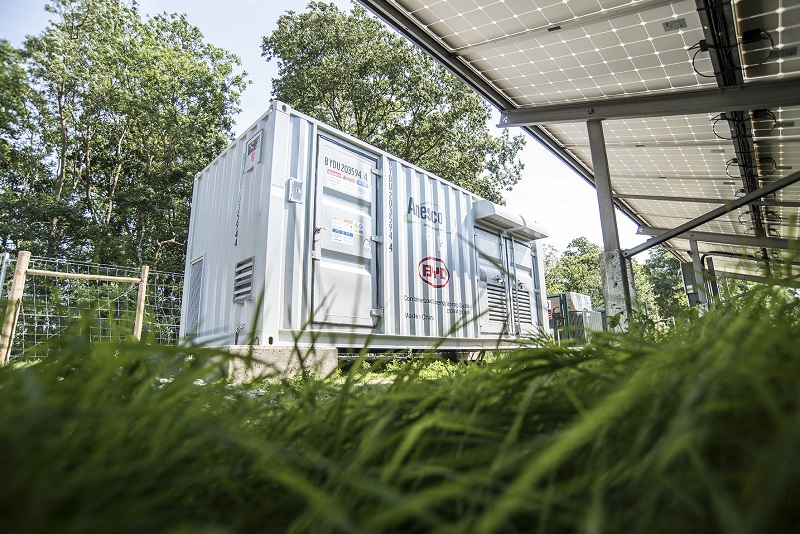British renewable energy developer Anesco is expecting to install approximately 380 MW of new storage capacity in the UK by 2020.
In its announcement, the company said that new opportunities in this market are currently being created by the balancing mechanism and growing demand for storage retrofit. “We have long recognised the potential and importance of battery storage for the UK’s energy mix, and have invested heavily in making sure it is a commercially viable option for investors and commercial organisations alike,” the company’s CEO, Steve Shine asserted.
Anesco also claims to have developed the “most accurate modelling tool available” for the storage business in the country. The new tool would be able, among other things, to forecast whole life cost, IRR and long-term revenue streams, “the numbers that really count”, according to the company.
The company currently operates 87 MW of storage assets across 29 operational sites, comprising 76 individual battery units across the United Kingdom. Furthermore, Anesco is expecting to switch on another 50 MW project currently under construction in Hampshire, along with other unspecified storage projects, by the end of this year.
Shine also said that Anesco has further invested in research and development in its solar business. “We remain the first and only company to offer retrofit co-location with existing solar farms, and are the only UK company to achieve subsidy-free solar. Our experience, combined with this strong track record, puts us in a great position moving forward,” he added.
Anesco commissioned its first UK’s first subsidy-free solar farm, complete with storage, in December of last year.
This content is protected by copyright and may not be reused. If you want to cooperate with us and would like to reuse some of our content, please contact: editors@pv-magazine.com.




By submitting this form you agree to pv magazine using your data for the purposes of publishing your comment.
Your personal data will only be disclosed or otherwise transmitted to third parties for the purposes of spam filtering or if this is necessary for technical maintenance of the website. Any other transfer to third parties will not take place unless this is justified on the basis of applicable data protection regulations or if pv magazine is legally obliged to do so.
You may revoke this consent at any time with effect for the future, in which case your personal data will be deleted immediately. Otherwise, your data will be deleted if pv magazine has processed your request or the purpose of data storage is fulfilled.
Further information on data privacy can be found in our Data Protection Policy.